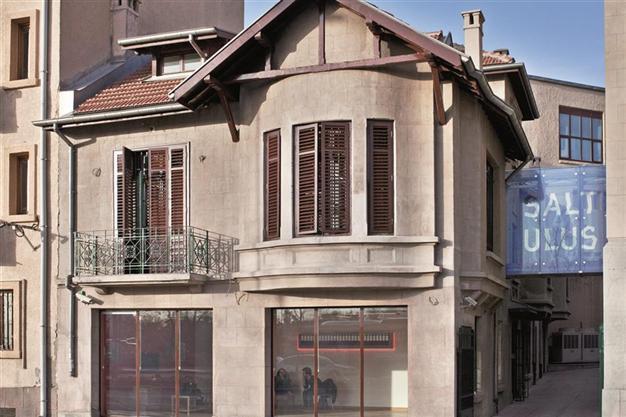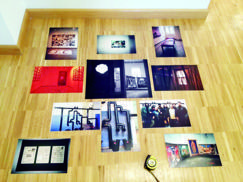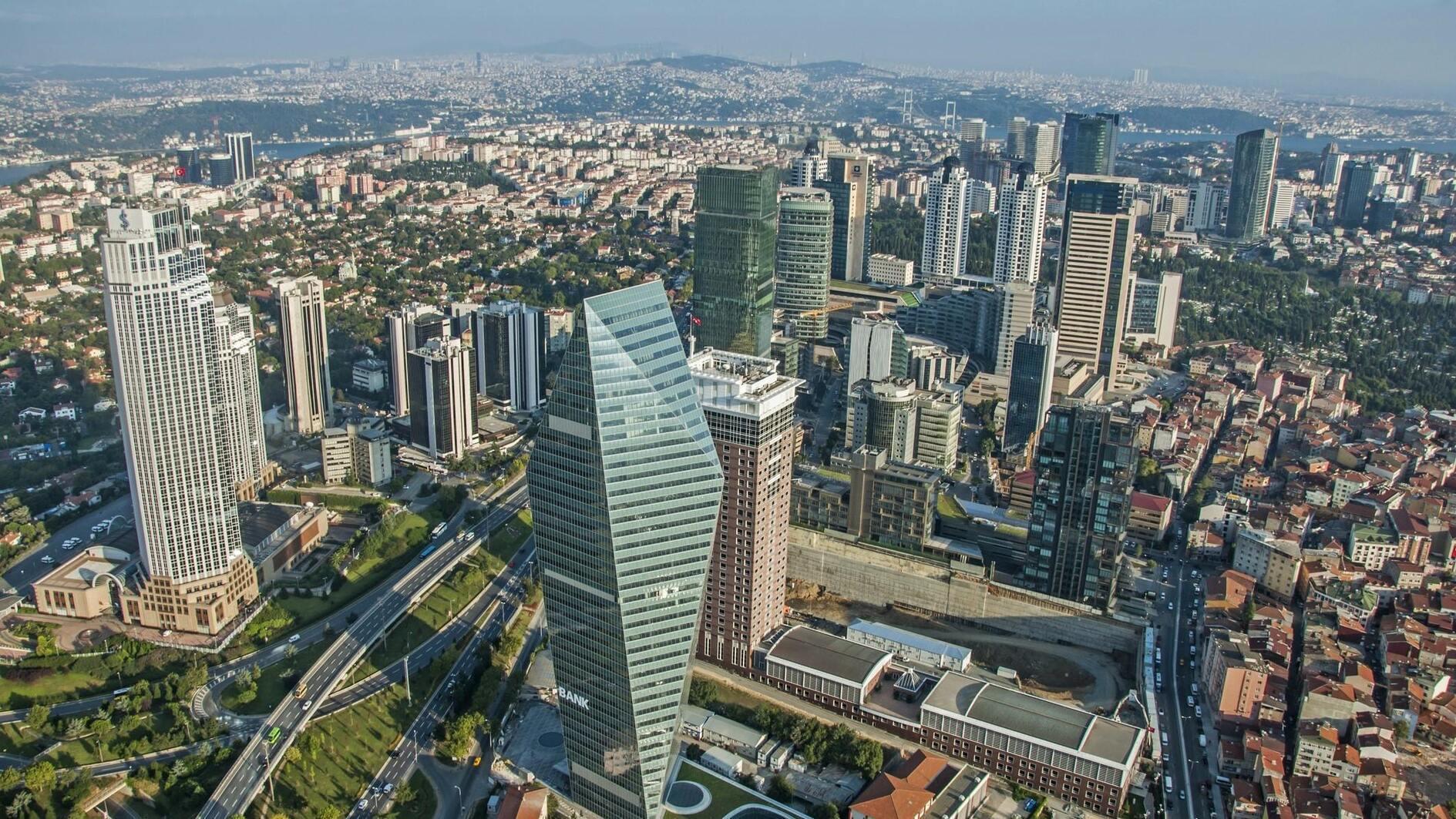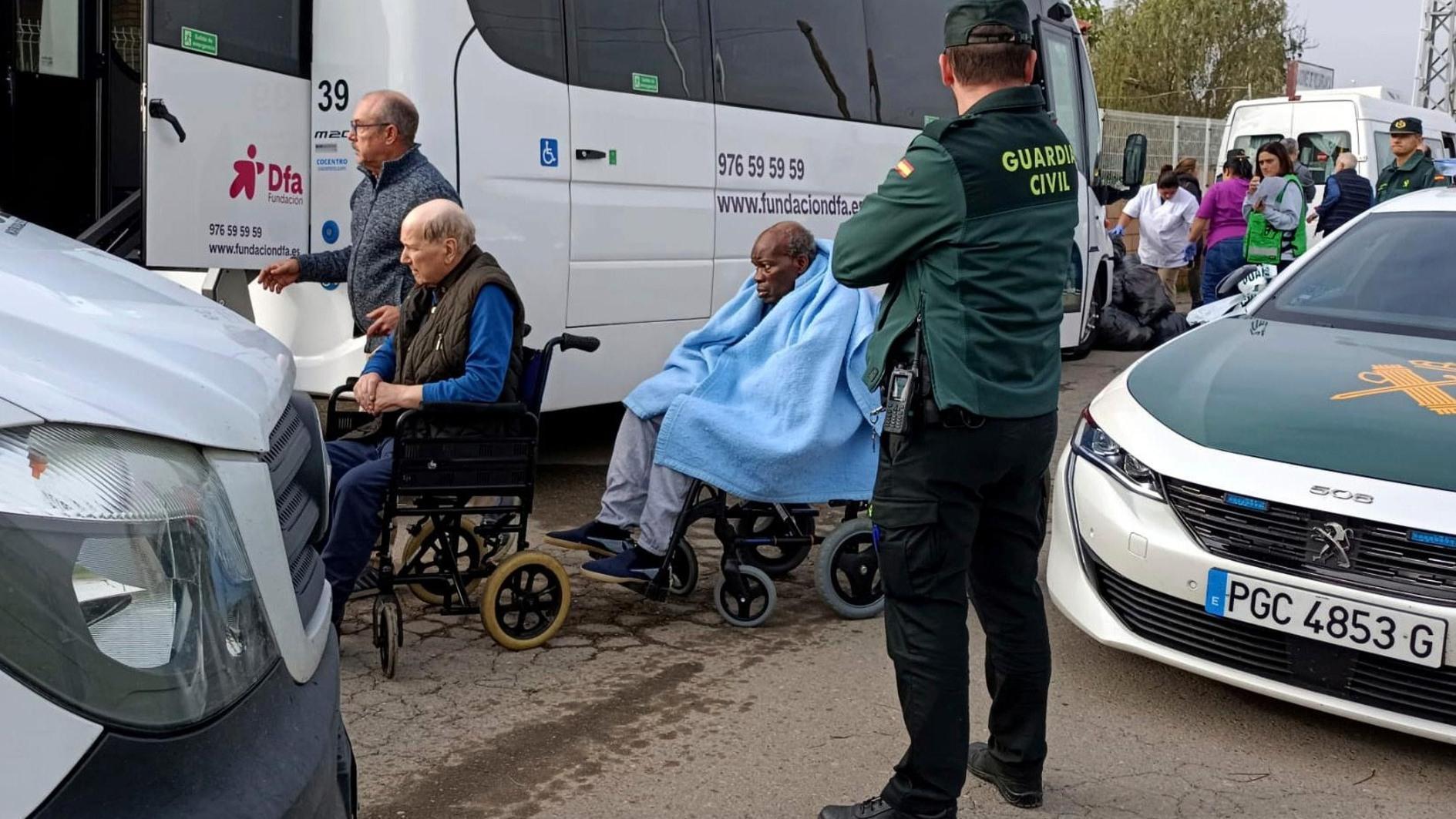Ankara’s Salt Ulus aims to support new projects
ANKARA

The building of Salt’s Ankara branch in Ulus district is the annex of the former Ottoman Bank on Atatürk Bulvarı across from one of the republic’s main landscape projects, Gençlik Parkı. The building is used as Garanti Bank branch today.
Istanbul’s Salt opened a new branch in the Ulus district of Ankara April 3. Salt Ulus shows already-composed projects that have been shown in Istanbul but include Ankara in their scope. After this initial phase locally developed programming will take priority, and reversing the current trend these projects may then travel on to Istanbul.Salt Ulus was launched to encourage research to be developed in Ankara in parallel to that being conducted in Istanbul. The resulting knowledge will enter a process of open exchange and dialogue that will inform all of Salt’s programming and activities across its three venues: Salt Ulus, Salt Beyoğlu, Salt Galata and Saltonline.org.
 The building in Ulus is the annex of the former Ottoman Bank on Atatürk Bulvarı across from one of the republic’s main landscape projects, Gençlik Parkı. Used today as Garanti Bank, the main building was designed by Guilo Mongeri and was constructed in 1926. The annex housing Salt Ulus was a later addition, also commissioned to Mongeri, to provide lodging for traveling bank inspectors. Unused since 2002, this building was repurposed after the establishment of Salt and opened as Salt Ulus.
The building in Ulus is the annex of the former Ottoman Bank on Atatürk Bulvarı across from one of the republic’s main landscape projects, Gençlik Parkı. Used today as Garanti Bank, the main building was designed by Guilo Mongeri and was constructed in 1926. The annex housing Salt Ulus was a later addition, also commissioned to Mongeri, to provide lodging for traveling bank inspectors. Unused since 2002, this building was repurposed after the establishment of Salt and opened as Salt Ulus.At Salt Ulus two spaces are reserved for the use of young researchers for periods of four months at a time. While Salt Research at Salt Galata exists as the main open platform for such investigation, selected publications and information from Salt Research are available at Salt Ulus, with many more materials accessible on request.
The first exhibition of Salt Ulus
“It was a time of conversation,” the opening exhibition of Salt Ulus, calls for a re-evaluation of three exhibitions that took place in the early ‘90s in Turkey and opened on April 3. An archive and research project, it explores “Number Fifty/Memory/Recollection II” (1993, Istanbul); “GAR” (Railway Station) (1995, Ankara) and “Globalization-State, Misery, Violence” (1995, Istanbul) based on original documents from the period.
These exhibitions negotiated unconventional venues as opposed to galleries, cultural centers or historical buildings. Examining these exhibitions, the exhibition seeks to provide an overview of collective and noncommercial initiatives by artists who focused on collaboration and the exchange of ideas during the early ‘90s – a time when institutionalization was still at a minimum and expectations were low.
“Number Fifty/Memory/Recollection II” was curated by Vasıf Kortun in 1993 at building No. 50 in Akaretler. Kortun and the artists decided to close the exhibition prematurely after a banner for the exhibition was replaced with a Democrat Party poster. “GAR” was part of the Taboos and Art symposium organized by Sanart (the Association of Support for Visual Arts in Turkey) at the Ankara Railway Station in 1995, and was a collective initiative of Selim Birsel, Vahap Avşar, Claude Leon and Füsun Okutan. The works in the exhibition were removed by the Station Directorate a day after opening, purportedly because they “demoralized society.” Curated by Ali Akay in 1995, “Globalization-State, Misery, Violence” was presented at Devlet Han in Beyoğlu – at the time, the studio of Müşerref Zeytinoğlu and Emre Zeytinoğlu. The exhibition focused on state violence, violence against the state and violence between individuals.
In “Number Fifty,” politics displaced art; “GAR” disturbed the authorities, who duly shut it down; while “Globalization-State, Misery, Violence” had better luck in keeping with its oppositional stance in the context of a biennial. “It was a time of conversation” brings together the archives of these three exhibitions, all organized during a period when individuals from different disciplines were beginning to see art as a “form of conversation” – when art itself emerged as an object of thought and the concept of the “curator” began to take hold. It takes these exhibitions – all products of collaboration and discussion – as a starting point from which to offer a new perspective on art in Turkey during the ‘90s.
















